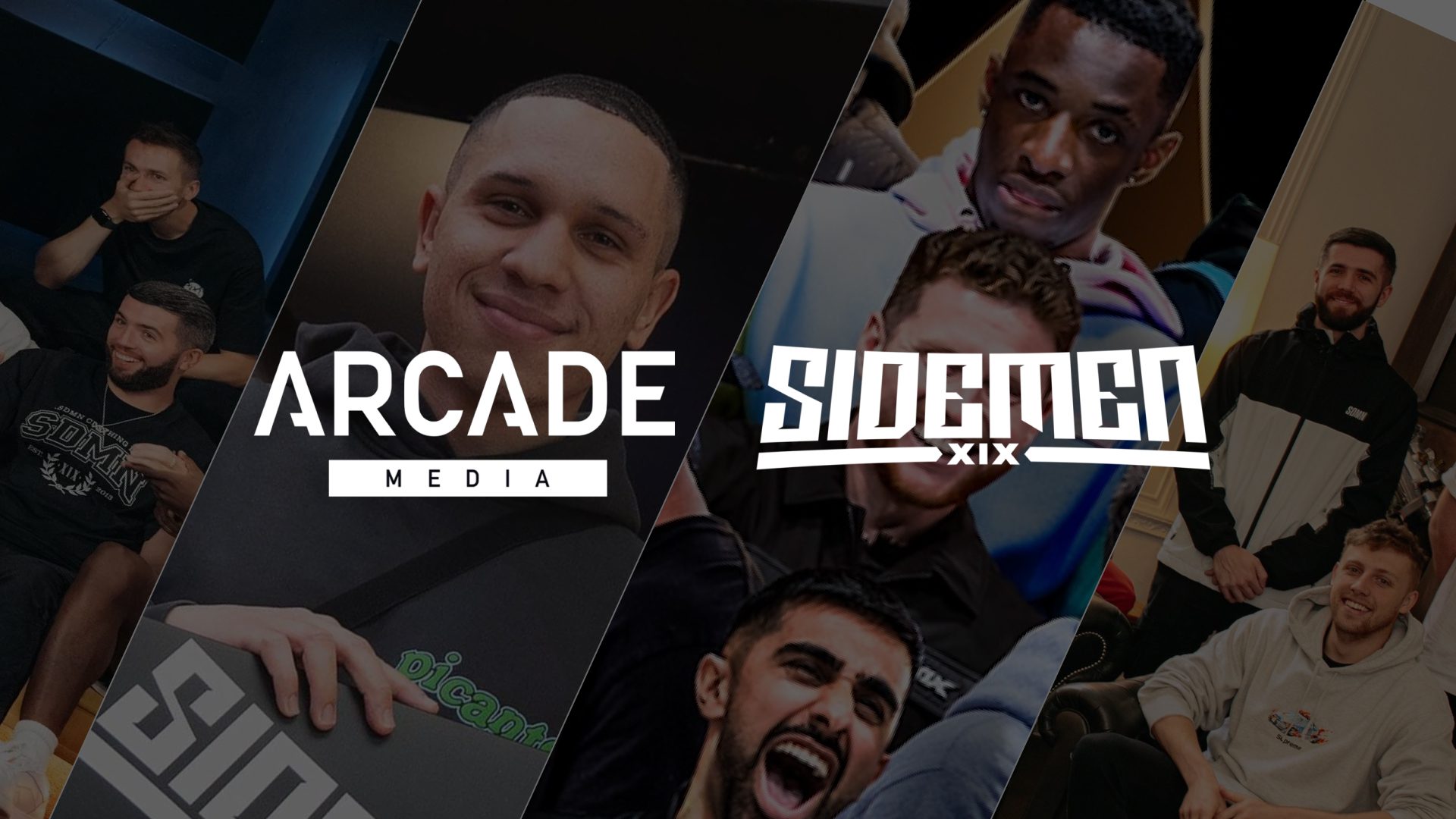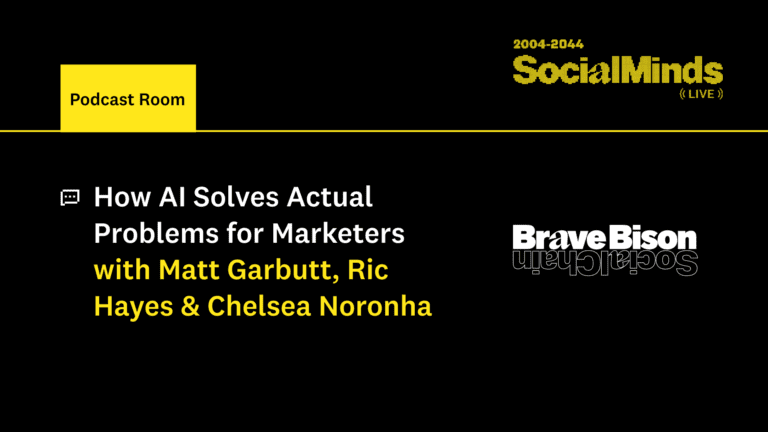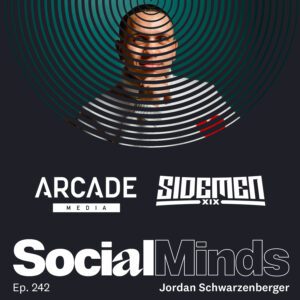Why the Sidemen are putting building brands before brand deals, according to its manager
The Sidemen are, as their manager Jordan Schwarzenberger puts it, in the “nostalgia class” of creators. A supergroup comprised of seven prominent UK talents, Sidemen was formed in 2013 by KSI, Miniminter, Zerkaa, TBJZL, Behzinga, Vikkstar123, and W2S. Almost a decade on, Sidemen is now the biggest entertainment property on YouTube in Europe.
The boys – real names Olajide, Simon, Josh, Tobi, Ethan, Vik and Harry – rose to fame among gaming fans during YouTube’s peak influencer era. Now the Sidemen channel publishes highly produced longform videos about anything from eating and travel challenges to entertainment, every single week, each typically racking up around 10 million to 62 million views.
Obviously, working at such scale demands a small army. Yet it’s a part of the business we’re not often privy to. Until now.
Jordan, co-founder of management company Arcade Media, joined the SocialMinds podcast to reveal the side of Sidemen you don’t hear about.
The TikTok effect
Sidemen has been managed by Arcade Media since 2021, but its members have been popular on YouTube since the early 2010s. It’s impressive that they’re pushing culture over a decade later; even more so considering how much the creator economy has evolved since.
According to Jordan, social’s evolution can be divided into two eras: pre-Covid and post-Covid. This coincides with the rise of TikTok, the second major player in the landscape. The combination of lockdown boredom, heightened screen time and a nascent entertainment app was a perfect storm; an environment that gave rise to an entirely new class of creators.
TikTok’s impact as ‘the great leveller’ meant just about anyone could be a creator – and anyone could go viral. “TikTok’s interest graph means follow count and reach don’t matter as much as they used to,” Jordan explains.
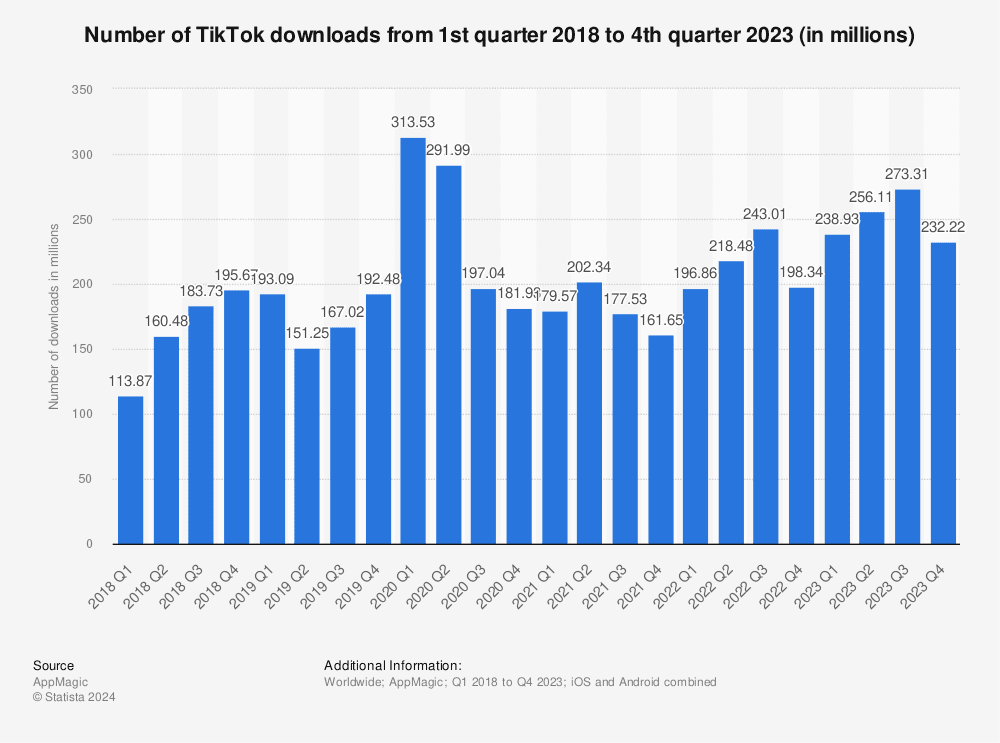
It also means the industry’s approach to creator partnerships shifted. Brands cottoned on to the fact that their money worked harder when spread across a group of micro-influencers with smaller, more engaged audiences.
“If you can get a million views with a TikTok creator who charged £300, why would you spend with a creator with a million followers who may get 200k views on a video?”
Need for speed
So obviously, we’re watching more TikTok. But what are we actually watching? The TikTok effect has a third consequence, and it’s one that continues to be in flux.
Covid-19 and the simultaneous rise of TikTok’s short, snappy videos (back then they were limited to 60 seconds) meant we grew accustomed to editing styles that suited our shrinking attention spans. Jump cuts? Check. Fast pace? Check. Squeezing your brand assets and key message in the first three seconds? Check.
That continues to be the norm in many corners of the internet. But probably not for much longer. “I’m noticing a trend towards slow-paced, meditative content. People are getting sick of hyper-optimised, fast-paced videos,” says Jordan. He’s got a point – otherwise TikTok wouldn’t be rewarding creators for publishing longer videos, like Reesa Teesa’s viral fifty-part video series.
“I’m noticing a trend towards slow-paced, meditative content. People are getting sick of hyper-optimised, fast-paced videos.”
One thing that’s sustained throughout the post-TikTok era is our appetite for authenticity. A buzzword, sure, but what’s meant here is essentially content that’s anti-aspirational. TikTok eschews celebrity, unattainable wealth and glamorous photoshoots in favour of everyday people recording their everyday lives, no fancy equipment necessary. It’s why ‘low-fi, high-quality’ should be the brief for campaigns and content.
Sustaining an empire
Sidemen is more than a group. It’s an empire. As well as the social content arm – a brand in itself with four sub-channels – Sidemen also owns Side+, a membership subscription programme; and Sidemen Clothing. Restaurant franchise Sides and XIX Vodka both launched in 2021.
Not to mention Sidemen’s newest venture, Best Cereal, and the Sidemen Story, the Netflix documentary that debuted as the UK’s top show. To quote Jay Z: “I’m not a businessman, I’m a business, man.”
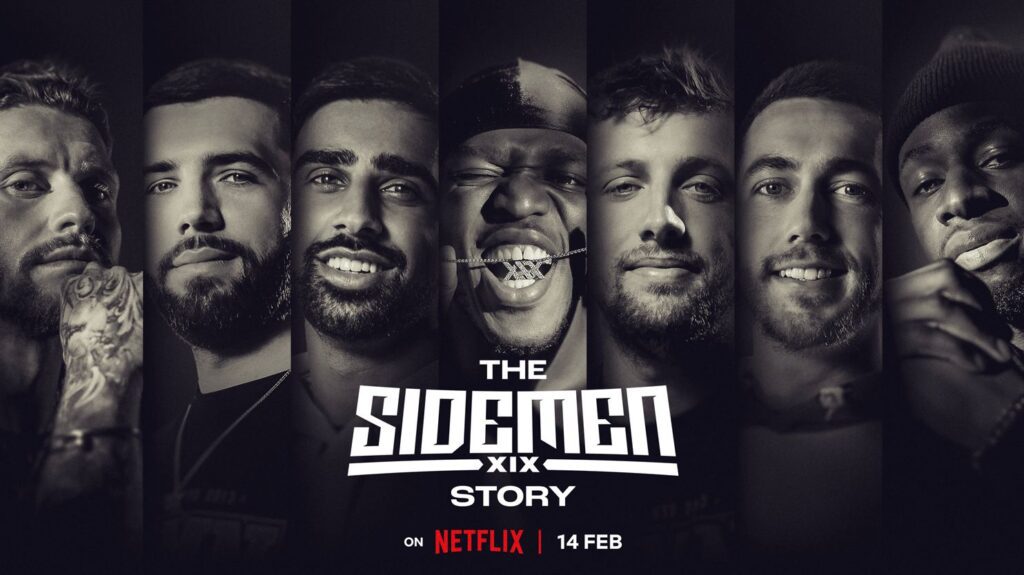
What goes on behind the scenes to keep all those cogs moving – and ensure the boys stay motivated? “There’s three people purely on video thumbnails,” explains Jordan. “We have a set designer, film crew, sound designers, strategists, creatives, channel leads and editors…and that’s just for the content division.” The list goes on.
When brands consider creators, they might not envision the level at which entities like the Sidemen operate. With the ability to deliver double the views that would be considered a success by TV networks, week on week, at significantly less cost, it puts the potency of social into perspective.
And what about brand partnerships? Only if it feels right. Otherwise, simply put, it’s not worth their time. “We have no interest in pursuing brand deals. We’re focused on building brands and intellectual property – something that will ultimately outlive you. And in doing so, we’ll build longevity. If you have that, the money always follows.”
“We have no interest in pursuing brand deals. We’re focused on building brands and intellectual property – something that will ultimately outlive you. And in doing so, we’ll build longevity. If you have that, the money always follows.”
If the future of the creator economy holds that much power, it seems brands should be warned. In reality, the relationship between brands and creators won’t cease – it’ll just morph into something different. Right now, it’s never been more crucial to keep up with the times, and not get left in the dust.
The takeaways for brands:
Social listening data, trend reports, insider newsletters and our industry updates can help you stay attuned to the ever-changing world of creatordom.
Make your brand partnerships aligned with your brand’s own values, and remember: creators need ultimate creative control for the best result.
Consider the value your content or product is adding to people’s lives. Whether they’re giving you their time or their money, make the trade-off worth their while.
Test your content by varying the creative like YouTube thumbnails and titles.
Make like Sidemen and schedule content in advance as much as you can. Three months, to be exact.
Don’t shell out the big bucks if you don’t have to. It may be worth your while to split budget across a group of smaller creators instead of with one macro-influencer.

